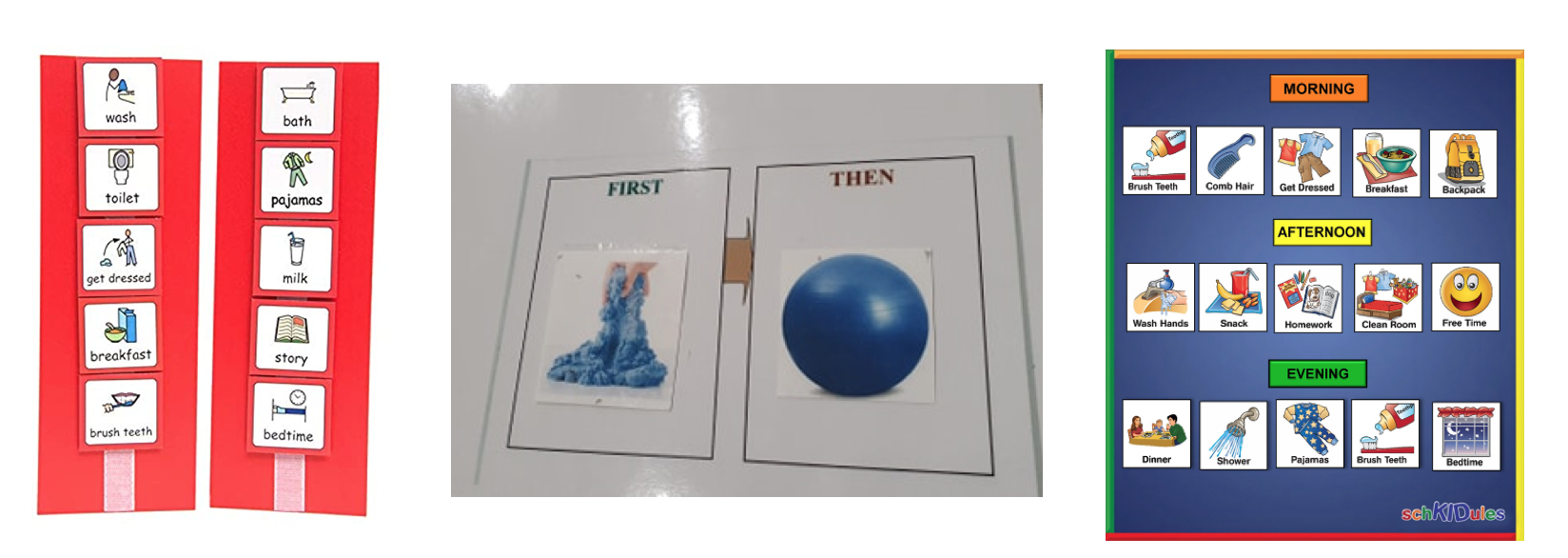Imagine that you are having a conversation with someone but you have not really processed or “heard” what they said? What would you do? Maybe you ask them to repeat themselves, which would help you to process the information. This can happen to all of us sometimes, BUT this is happening constantly for some children. Try to imagine paying attention and learning all day with this difficulty!!
Your child may have adequate hearing (where their ears are sending the sound to their brain) but poor auditory processing (their brain doesn’t match up the sounds properly). This is called Auditory Processing Disorder (APD or CAPD).
But, what is the difference between HEARING and AUDITORY PROCESSING? A common misconception is that APD is a hearing problem. Hearing is when the sounds collected by your ear is sent to the brain. Auditory processing is “what we do with what hear” – so when your brain notices and uses the sound.
Some of the signs of APD to look out for in a child are:
- Forgets what is said in a few minutes
- Easily distracted by background noise
- Does not listen carefully to instructions and often requires directions to be repeated
- Says “what”, “huh?” or “pardon” at least 5 times a day
- Learns better one-on-one
Some suggestions, in the areas of attention, seating, instructions and time, can help children with (C)APD be successful.
Attention
- Speak at eye level: speak at your child’s eye level, get close to your child, and face them to provide clear information
- Use cueing: cue your child to become aware of times when they are not paying attention. Use words, such as “listen”, “are you ready”, and “remember this one”
Seating
- Quiet study/work area: Provide your child with a quiet area for a better learning environment.
- Avoid noisy sources: Seat your child away from distracting noise sources. For example, TV, loud music, kitchen appliances when they are trying to listen to the speaker. Seating your child away from windows and doorways will also reduce distraction.
Use daily routines: Use daily schedules to help your child stay focused and organised. Sample Bedtime Routine:
8:00 PM – Bath time
8:20 PM – 3-part routine: dry off, brush teeth and pee
8:30 PM – get into PJs and clean up toys (set a night-time – not a play-time- scenario)
8:40 PM – Storytime
8:55 PM – Bedtime. Nighttime routine: talk about the day, compliment your child on things he did well, say your ritual goodnight “I love you. Goodnight. Don’t let the bedbugs bite.
Instructions
- Speak in a clear voice: speak at a comfortable loud level, and rate (fast or slow) that your child can follow easily.
- Use natural gestures: use gestures to enhance the message. For example, pointing or holding up objects. Avoid making excessive and unnecessary movements while delivering messages as this may distract your child.
- Give written and verbal instructions: provide written and verbal instructions to help your child in following directions and completing tasks.
Time:
- Avoid fatigue: give your child short activities instead of one long activity. Provide breaks, such as doing 5 star jumps, so your child can move around if needed.
- Response time: give your child more time to come up with answers to verbal questions.
It is important to remember that children react to changes in their environment differently. Different strategies will work for the different needs of each child. It is important that you know your child’s individual profile of strengths and weaknesses.
Most importantly, choose a few strategies and … practice, practice, practice!
Written by Didem Karademir, Speech Pathologist.















